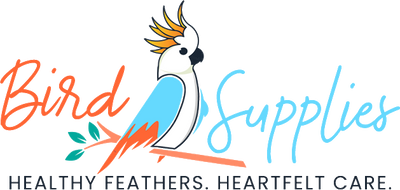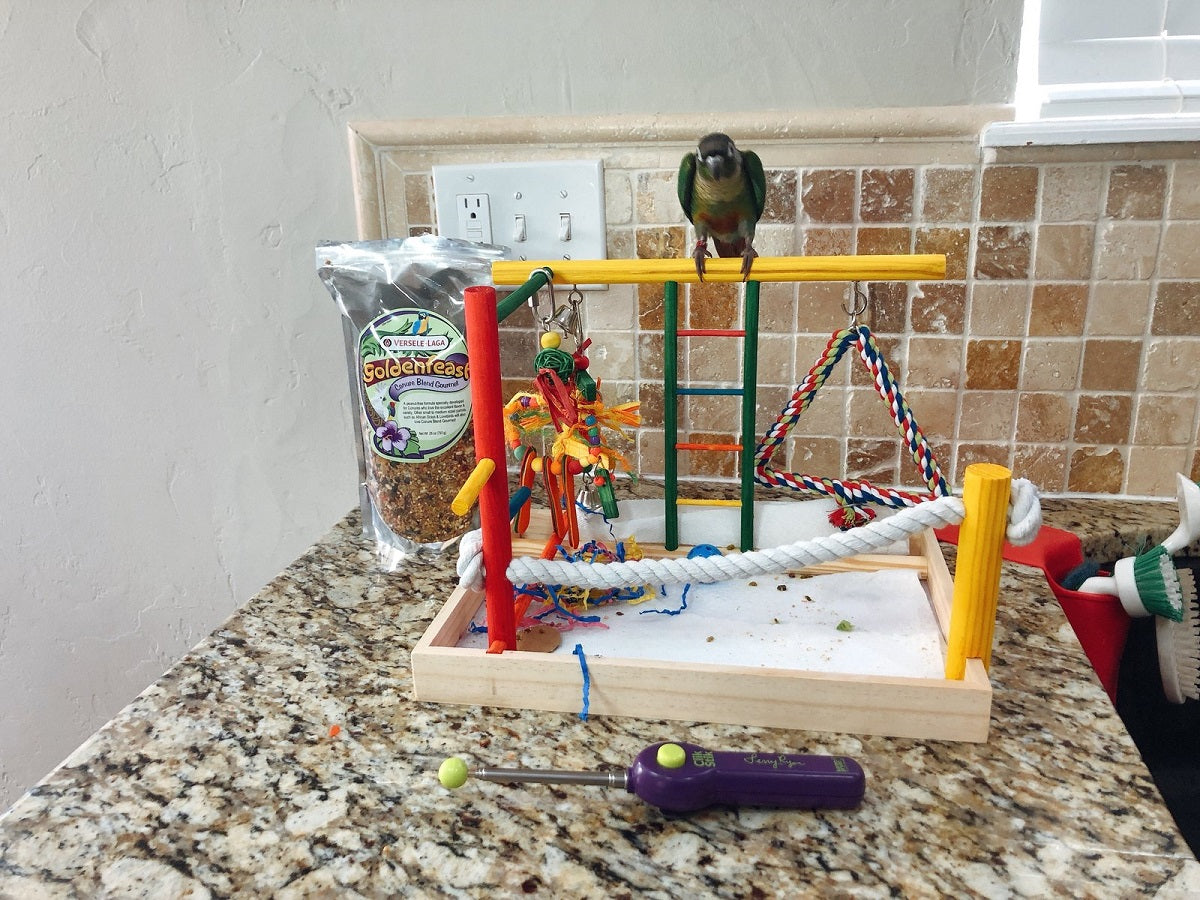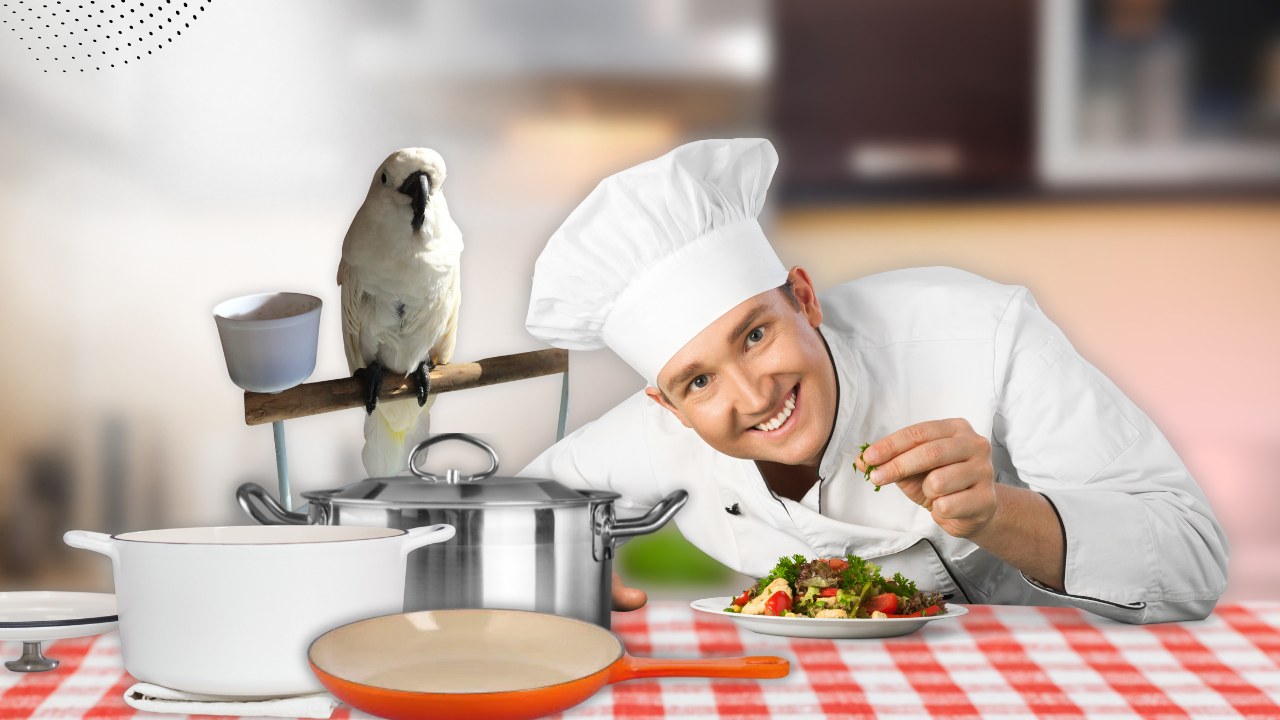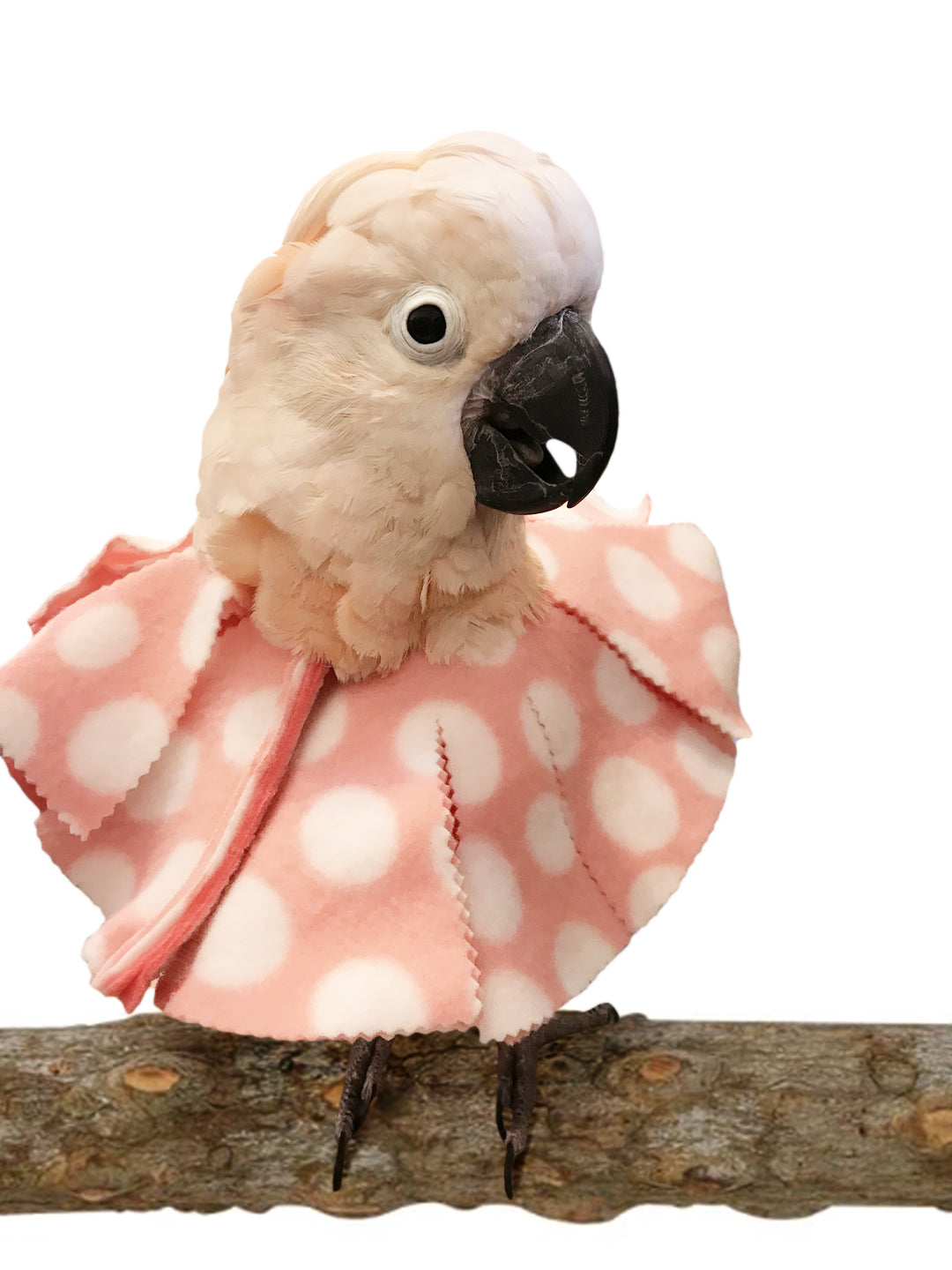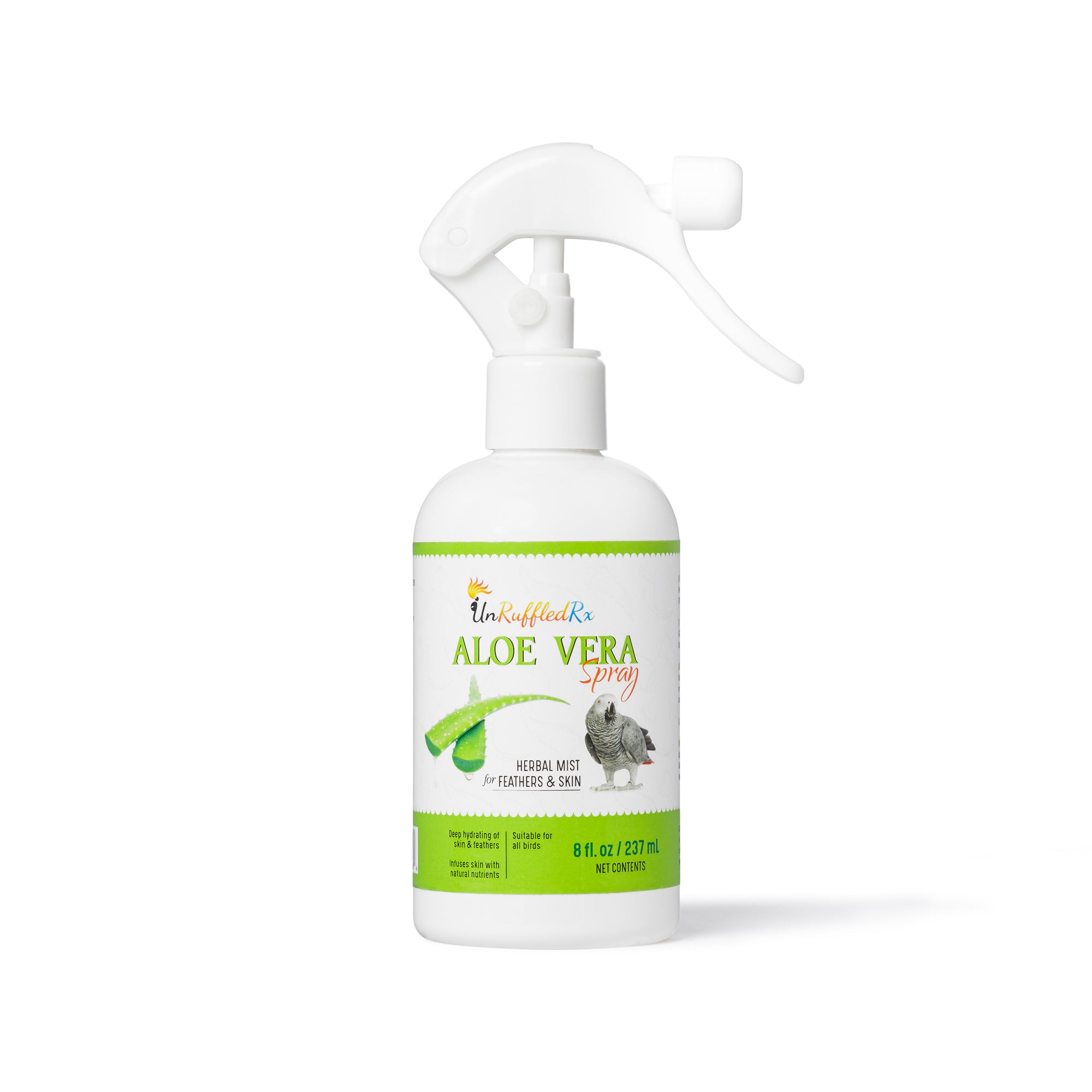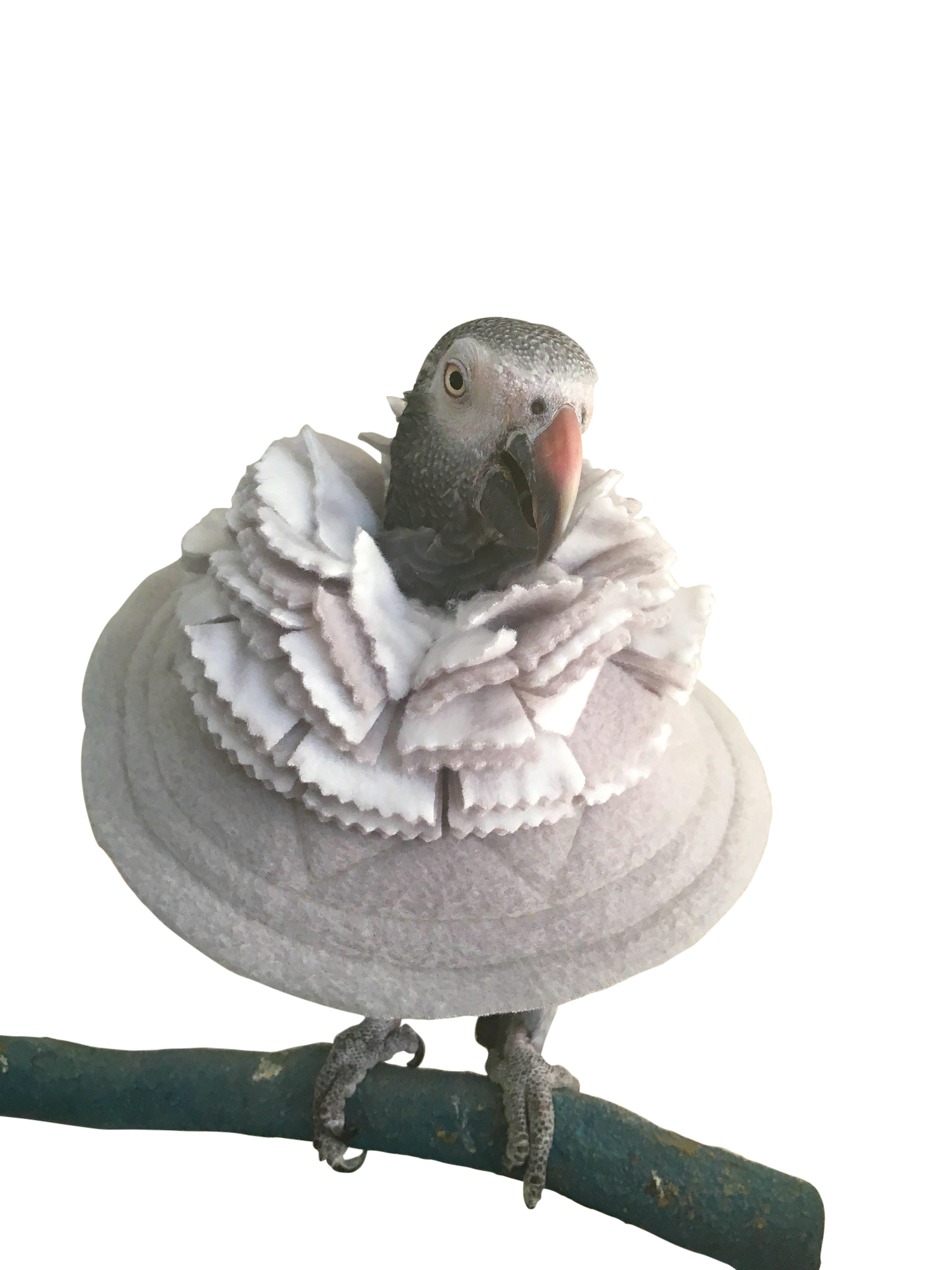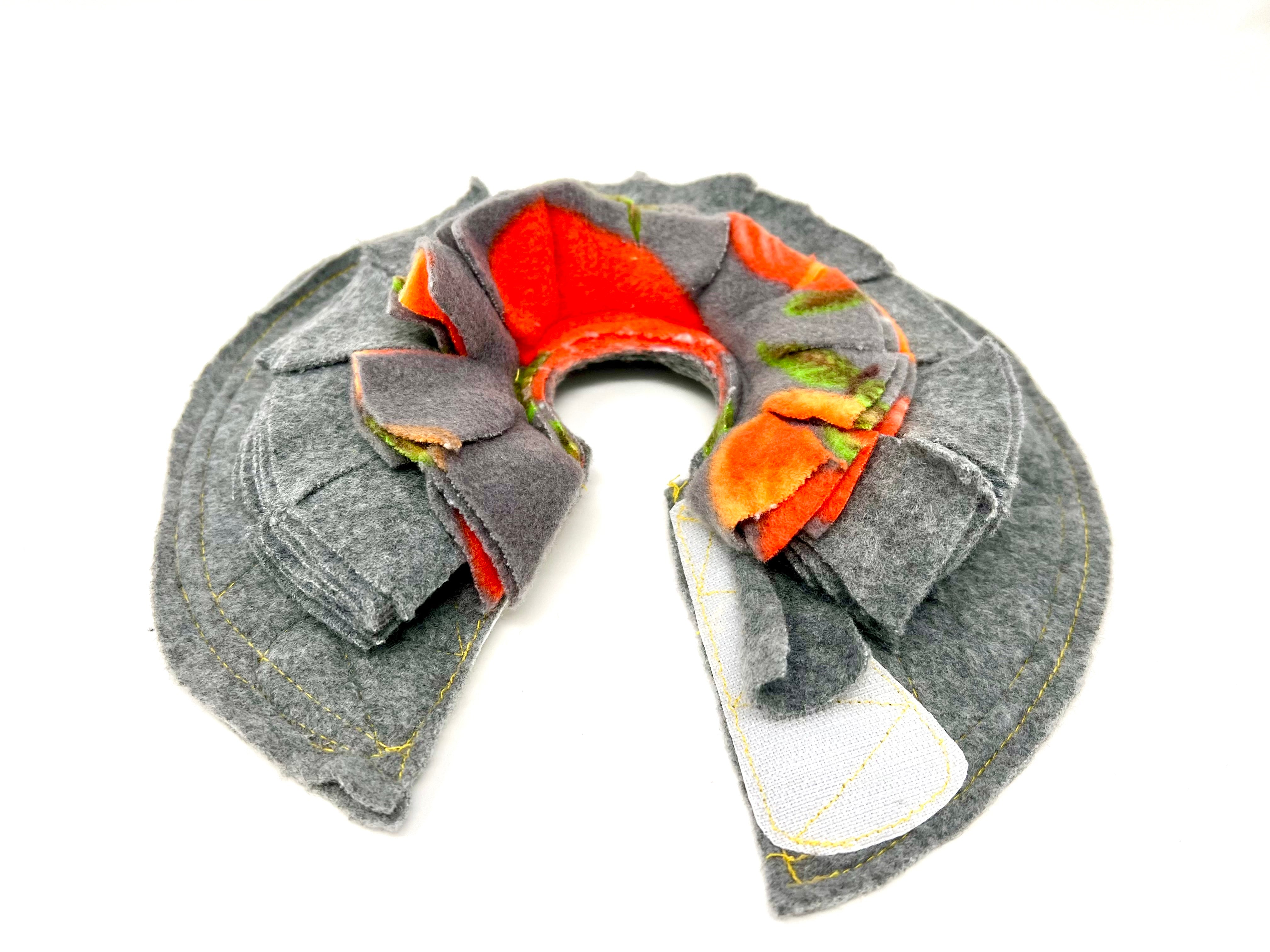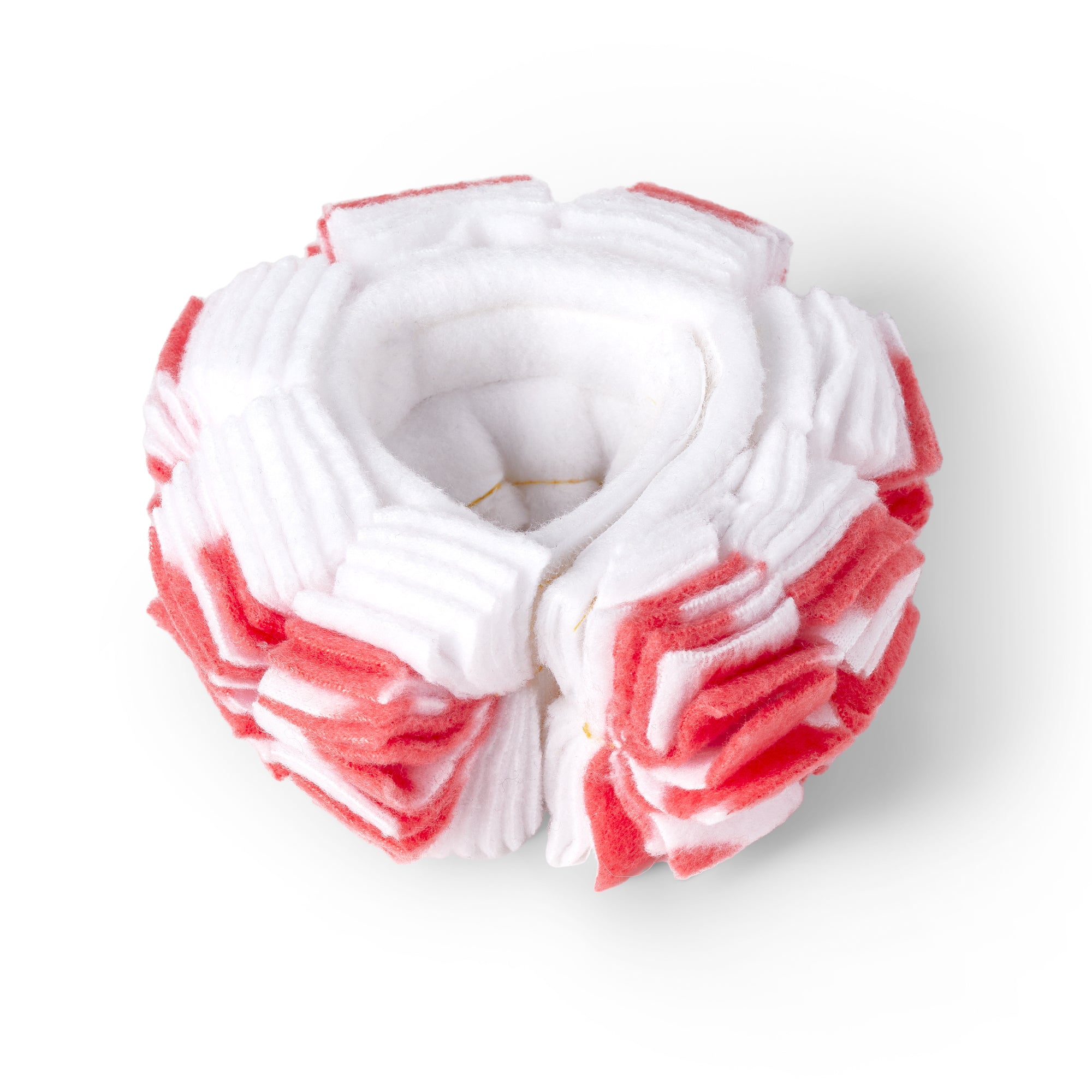We love our pet birds so much because of their amazing ability to bond with us and our family. Right? What other pet bonds to us so deeply that it speaks our own language to us? Nevertheless, it is possible to create such as strong bond with our pet birds that it becomes. In this blog post, I’ll explore the consequences of over-bonding with our pet birds.
Table of Contents -->
- Parrot Bonding in Nature
- Why Do Parrots Bond With Humans?
- How Do Parrots Bond With Humans?
- What is Overbonding?
- How to Reduce Overbonding
- In Conclusion
Parrot Bonding in Nature
You probably know this, but in nature, parrots form deep, life-long, complex bonds with their chosen mate and with their flock. Many bird species mate for life. Forming these tight bonds is essential for survival of the species. A bonded pair work together to build nests and raise their young. They also work in tandem to find food, groom each other, and to keep each other safe. Deep bonds are an integral part of their very survival. You can count on the fact that your pet bird has a strong need to be part of a flock and a drive to find a mate.
Keep in mind, that there are different types of flock behavior among species. Some species allow other species of birds into their flocks, while most form single-species flocks. Wild Macaws tend to have strong paired bonds with a chosen mate while the rest of the flock is on the periphery. Pet macaws tend to bond very deeply with one family member. Eclectus parrots are different. The female may live in a hallowed out tree trunk for much of the year while a number of males ensure that she is fed and bred! As pets, eclectus parrots bond with the entire family.
Why Do Parrots Bond With Humans?
Your pet would, of course, prefer to bond with members of its same species, but in their absence, your bird will bond with you, your family, and your other household pets. Your birds very mental health depends on deep bonds for a sense of safety and companionship. But, there is a fine line between feeling isolated and unsafe and having such a deep bond that your pet bird wants to mate with you. Both of these levels of bonding can have harmful effects for your pet. So, what’s the balance?
How Do Parrots Bond With Humans?
Your bird thinks of your family and other pets as it’s flock. Anyone that spend time with it and include it in day-to-day activities are flock-mates. Flock mates talk to each other throughout the day, play and forage together, and bathe and eat together, amongst other activities.
Mate bonded birds, on the other hand, nest together, sleep together, and groom each other. And, of course, mate and raise young. Your bird will naturally want to engage in these kind of activities with the most attentive person or animal in the household. This is the person that grooms the bird, feeds it, and pet’s it the most. The bird will want to know where their person is at all times and it will feel somewhat lost when that persons whereabouts are unknown.
Flock level bonds are great for your pet birds emotional well-being but mate level bonds can result in problems, especially, when there is no way that you and your bird will ever have chicks together. It will be important for you to avoid an unhealthy, “overbond,” in other words, a “mate-like” bond with your pet. Continue reading to learn about the dangers of overbonding.
What is Overbonding?
Overbonding crops up when your bird develops a mate-like bond with one family member, but it can also happen with a bird hasn’t learned important foundational behaviors related to “how to parrot.” Both of these circumstances can result in challenging behaviors like:
- Separation anxiety – Your bird feels alone, lost, and helpless when it doesn’t know where it’s flock is at.
- Territorial aggression – Your bird wants to protect its home / cage and has a desire to drive away any perceived “intruders.”
- Mate aggression – This is where the bird has developed a mate-like bond with one family member and perceives other family members as rival “suitors.” It uses aggression to drive potential rival suitors away.
- Excessive egg laying – This happens when a female bird has developed a mate-like bond with someone. In addition, certain environmental stimuli perpetuate a highly hormonal condition that results in chronic egg-laying.
Manage hormonal overbonding with our Parrot Hormone Rescue Pack
As you can imagine, none of these behaviors are enjoyable for you or your bird. In fact, aggression can result in painful biting and excessive egg-laying can turn deadly. It’s much easier to prevent overbonding than it is to turn it around,
How to prevent overbonding
As you can now see, overbonding is not pleasant for anyone. Prevention is the best option, but with a thoughtful plan, you can turn around overbonding and get your baby back. Here’s how.
Develop a specific call within the family: Wild flocks develop distinctive calls with each other so that they can identify flock-mates and they can keep track of where all of the flock members are. Your pet has probably developed a distinctive call with you, too. It will use this call when you leave the room or in the mornings when it wakes up and the evenings when it is ready to go to sleep.
Make sure that everyone in the family uses the “flock call.” My African grey has a special call that it uses with me which is different from my cockatoo’s call. And, my green-cheek conure has its own unique call, too. This is our way of communicating, “Hey, I’m safe. Are you?”
Think about the level of anxiety you feel when you don’t know where a member of your family is at or whether that person is safe. Your bonded bird might develop anxiety when it doesn’t know where you’re at or where its flock is at.
Make bird care a family affair: Your bird may still choose a favorite from among the available humans, but by interacting with multiple individuals, your bird will be less prone to over-bonding. One technique is to have designated tasks for family members to perform related to the care of your parrot. This daily contact will lead to a level of bonding and reduce over-bonding with one person.
Good touch, bad touch: Undoubtedly, your bird loves to be petted. And, most birds like to return the favor by nuzzling up to you, grooming your hair and more. But, certain types of petting are actually perceived as parrot foreplay! Parrot foreplay strengthens the mate-like bond but it ultimately causes your bird considerable stress, in that the relationship can never be consummated. Discover how to properly pet your bird and reinforce parrot foundational behaviors.

Infographic by Diane Burroughs, LCSW. All Rights Reserved.
Teach your bird foundational “parrot behaviors:” Wild parrot parents teach their young foundational behaviors related to eating a healthy, diverse, and safe diet, grooming and feather care, how to live within the flock social structure, and more.
As your pet birds “parent” you’ll need to teach your bird foundational behaviors that allow it to thrive in your home. It’s your job to teach your pet to eat a diverse range of safe, plant-based foods, forage for food, self-entertain, and more. Learn about parrot foundational behaviors here.
Provide multi-sensory enrichment: Since you can’t clone a flock of birds in your home, provide multi-sensory enrichment opportunities for your bird. That is, visual and auditory stimuli, daily opportunities to exercise and forage, a rich and varied diet, bathing opportunities, and play and chewing opportunities. Our birds love Bird TV for Parrots on YouTube. They have climbing trees and foraging toys and dine on exquisite plant-baed foods every day.
Encourage plenty of exercise: Piggy-backing from above, find ways for your bird to get plenty of exercise. Your bird should have opportunities to cimb, flap its wings, and potentially even fly each day.
In Conclusion
Help your pet feel part of the family flock, while preventing a mate-like bond is imperative for a happy, healthy pet. While prevention is always encouraged, we’ve also detailed out how to turn an unhealthy bond around.
